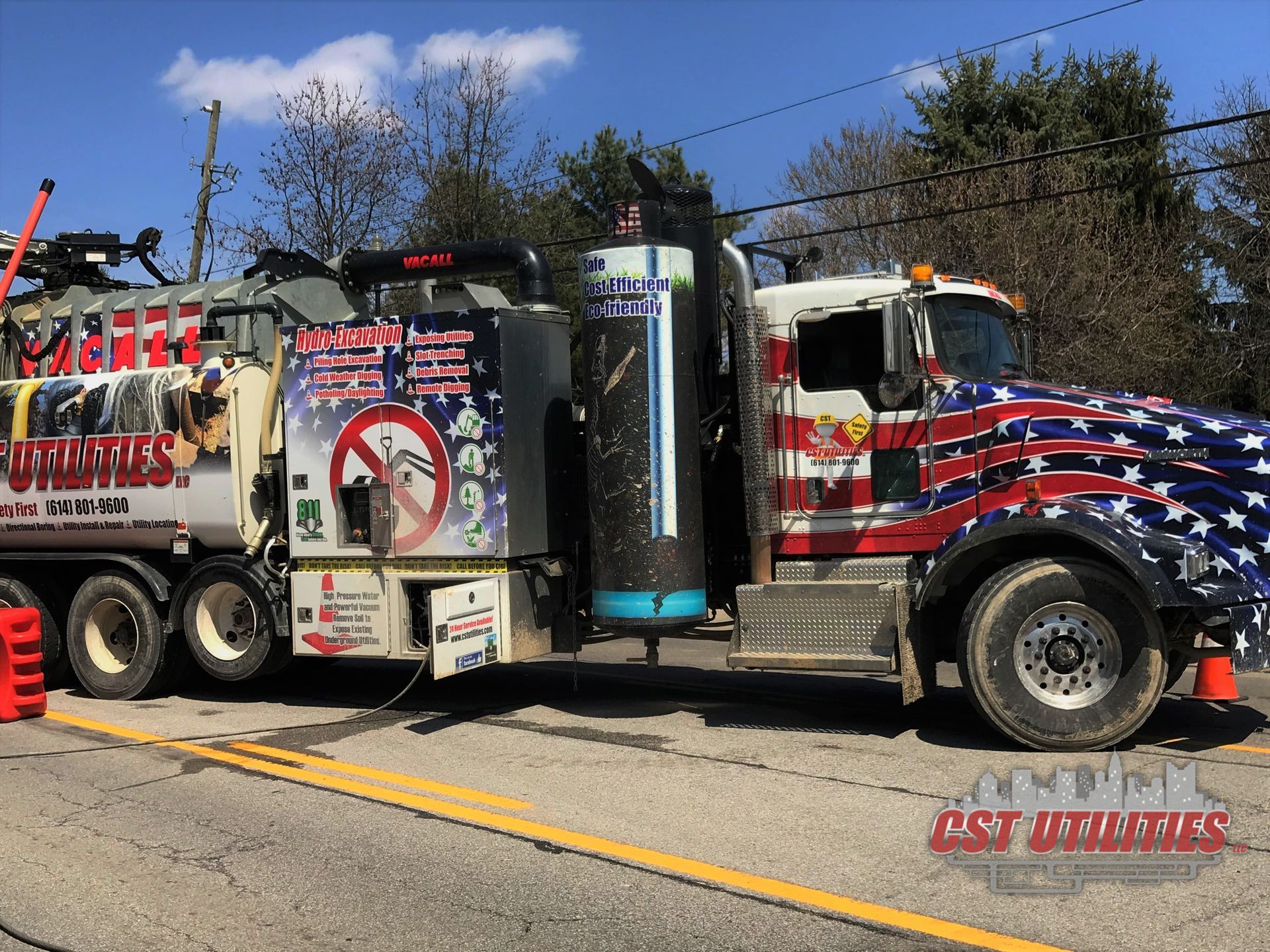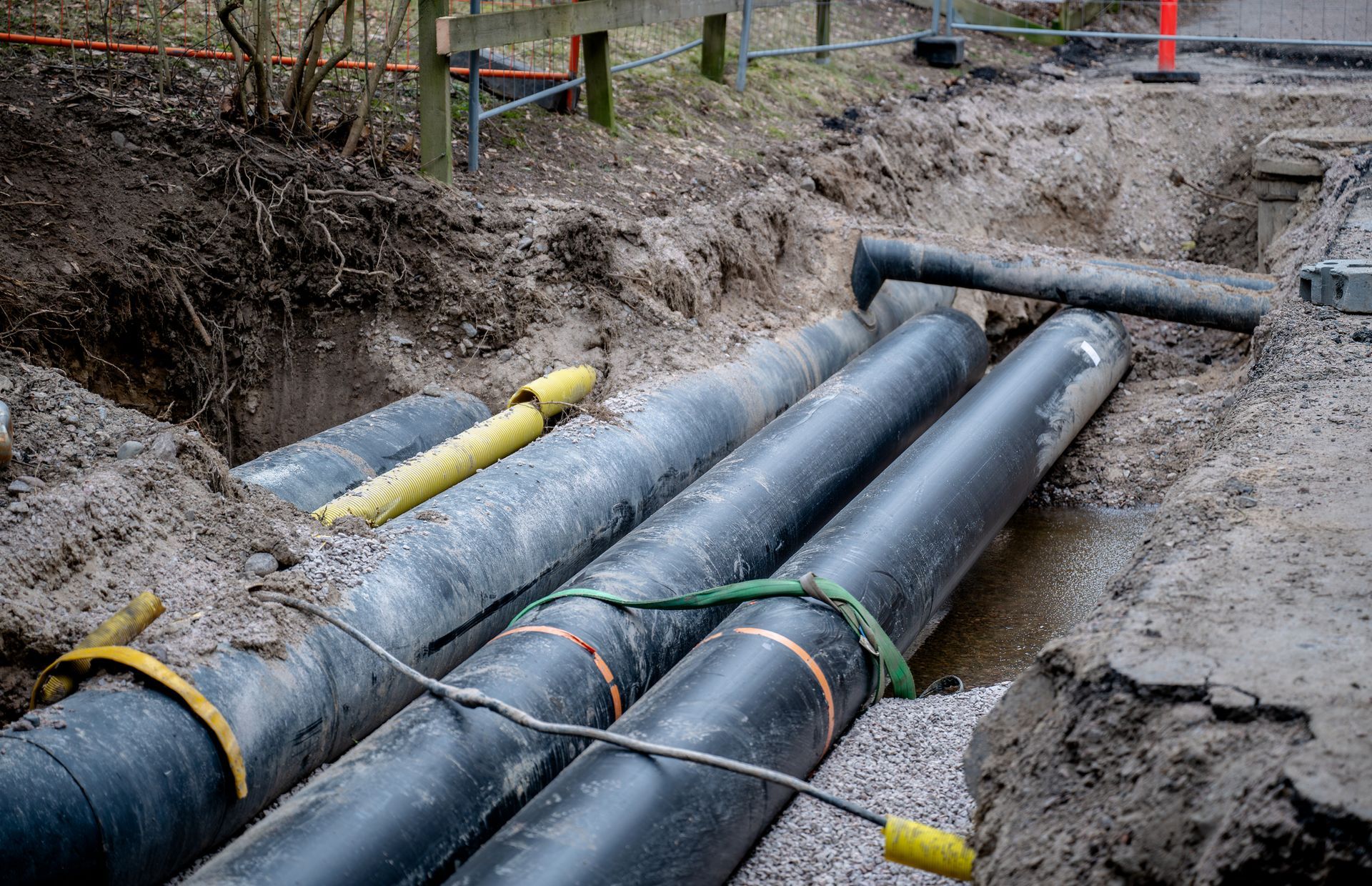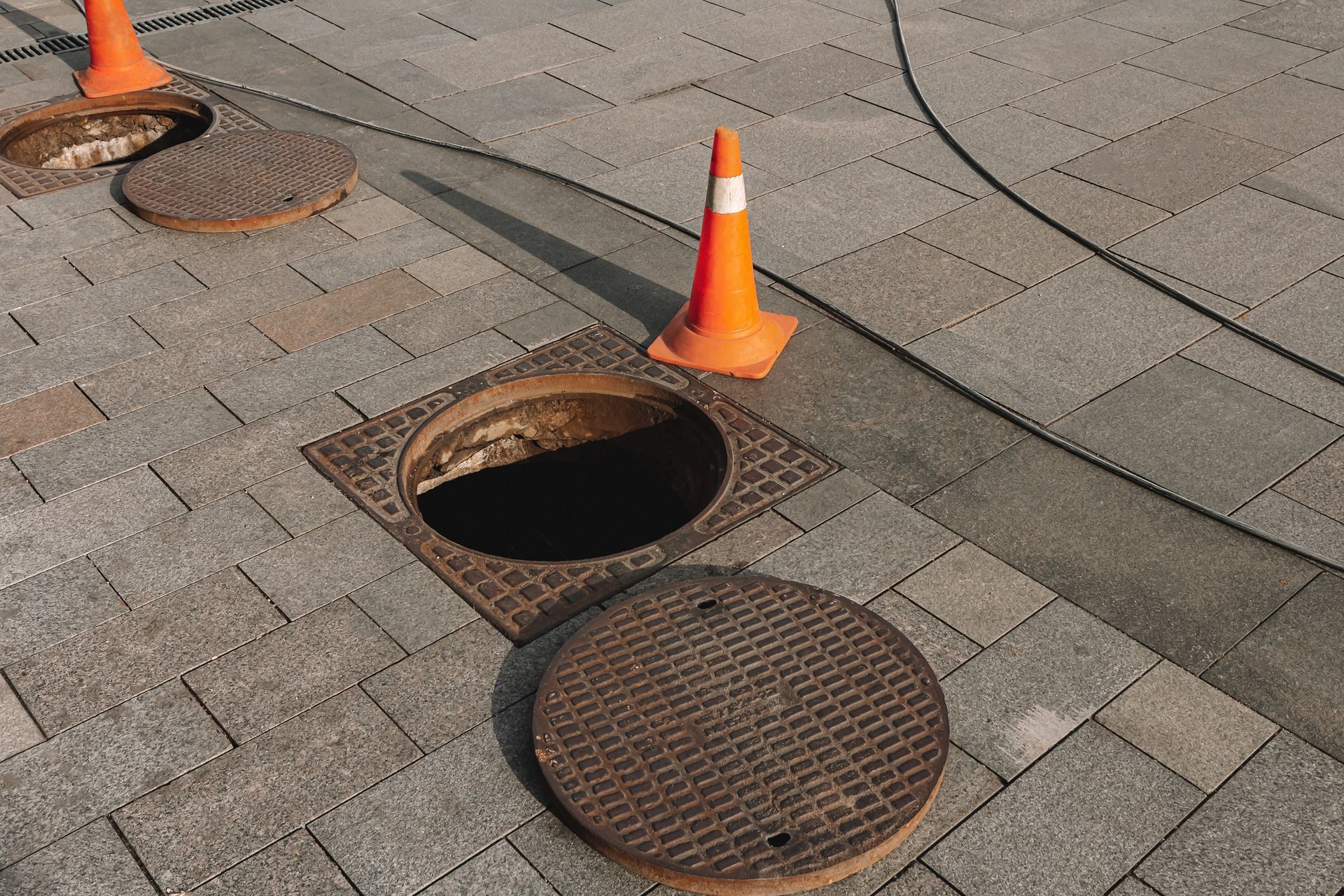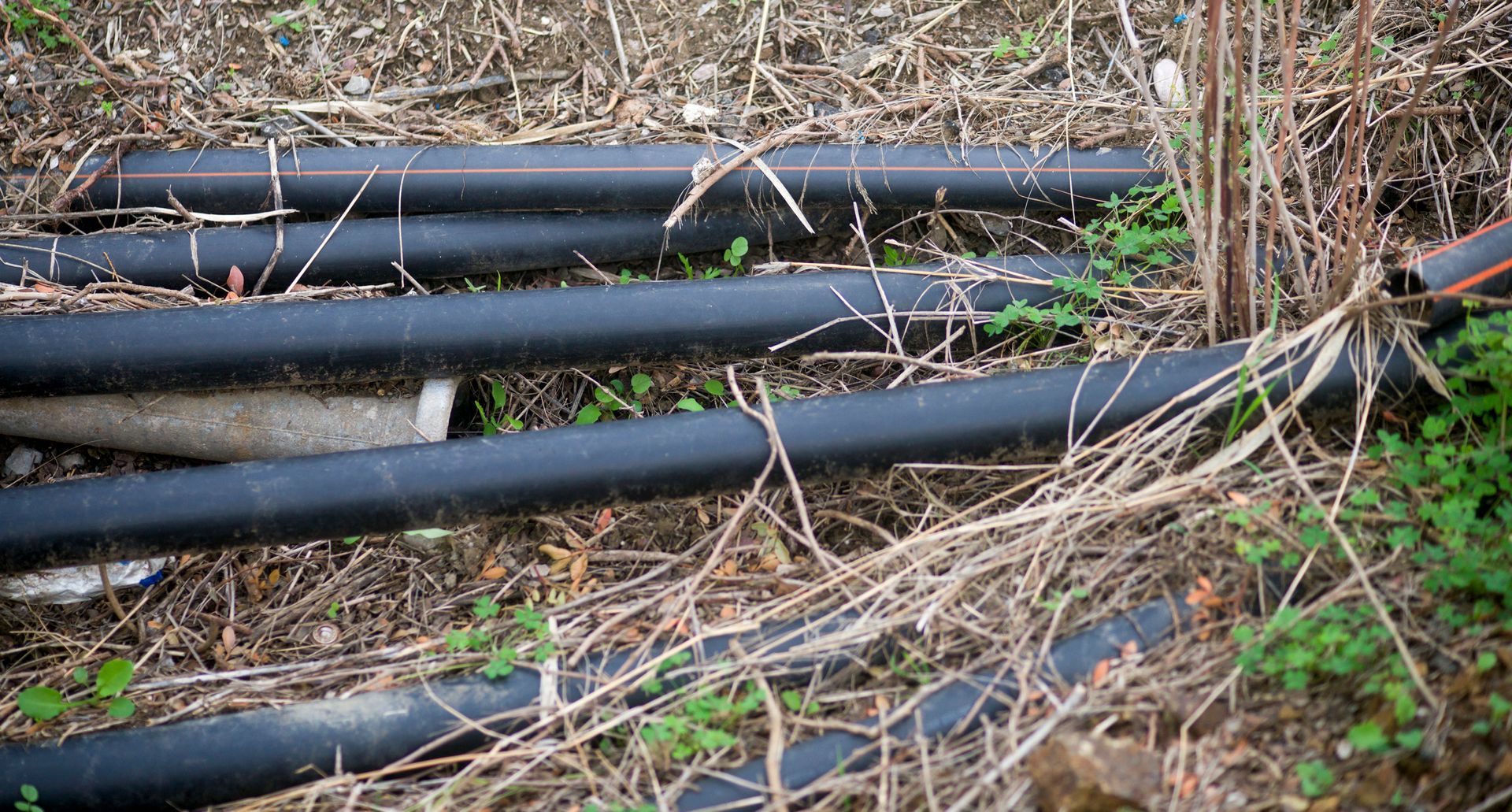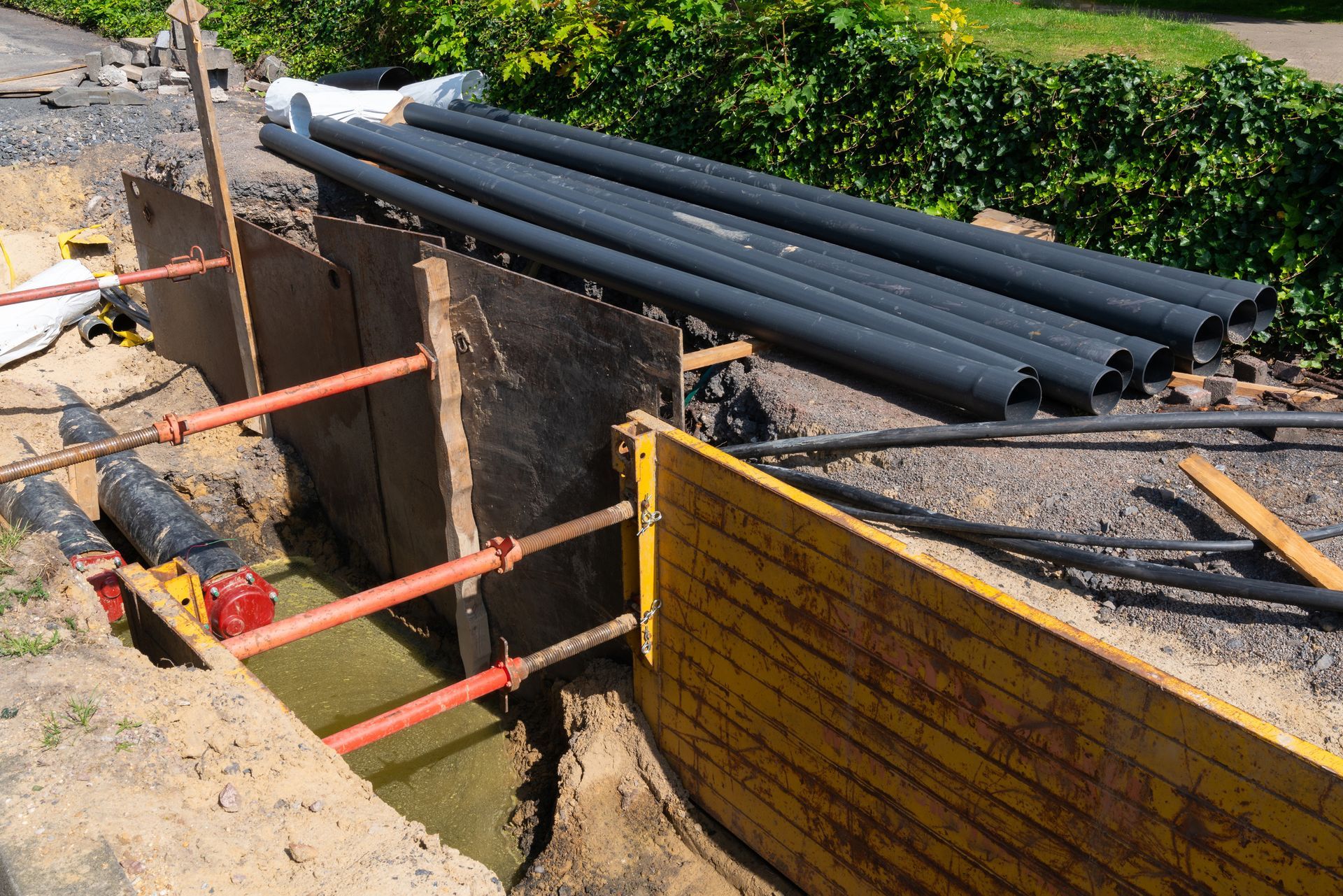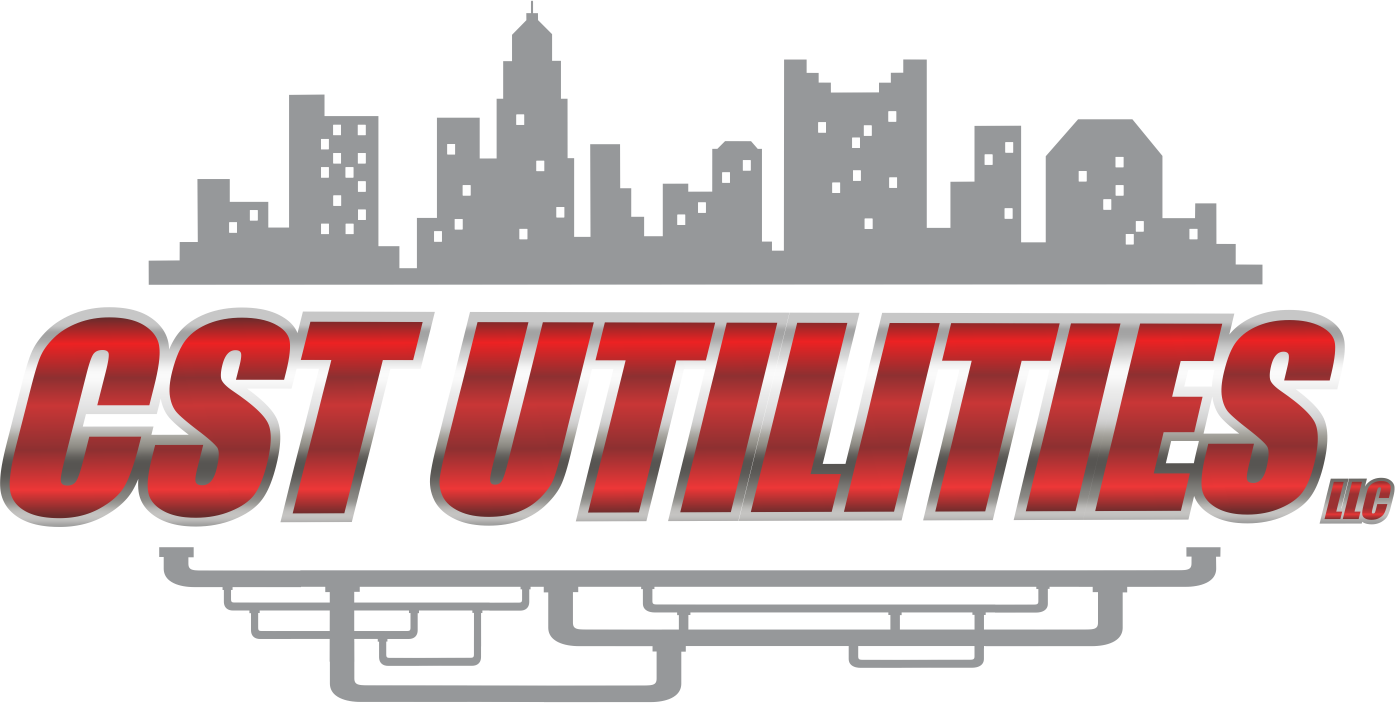The Growth Rate of EV Charging Stations: A Closer Look at Ohio vs. the Nation
The steady rise of electric vehicles (EVs) is reshaping the transportation landscape, bringing with it the urgent need for robust charging infrastructure. The United States is weaving a network of EV charging stations across its highways and urban centers. Ohio is working to match the pace of this electric revolution. This blog examines the growth of EV charging stations, contrasting national trends with Ohio’s efforts.
National Trends in EV Charging Infrastructure
The expansion of EV charging infrastructure in the United States has been both rapid and strategic. Between 2020 and 2023, the number of public EV charging stations increased by over 40%, with approximately 140,000 public charging ports operational as of mid-2024. This marked growth is a testament to the country’s commitment to transitioning to a cleaner transportation future.
Three primary drivers fuel this national growth:
- Federal Support: The Bipartisan Infrastructure Law has allocated $7.5 billion for EV charging projects, spurring development in both urban and rural areas.
- Increased EV Adoption: EV sales surged by 50% in 2023, reflecting a growing consumer shift toward electric vehicles.
- Automaker Commitments: Companies such as General Motors and Ford have pledged to transition their fleets to electric models by 2030, intensifying the need for widespread charging access.
This expansion is critical to meeting the projected demand as more Americans adopt EVs, ensuring that charging stations are as ubiquitous as gas stations once were.
Ohio’s Efforts in EV Infrastructure Expansion
Ohio’s approach to EV infrastructure development has been deliberate, emphasizing accessibility and strategic placement. As of 2024, the state hosts over 2,800 public charging ports at 1,200 locations, reflecting a 35% increase since 2022. Yet, despite these efforts, Ohio faces unique challenges in keeping up with national averages.
Key Initiatives in Ohio:
- State Funding Programs: Initiatives like the DriveOhio EV Infrastructure Deployment Plan aim to connect major highways such as I-70 and I-75 with charging hubs, enabling seamless travel for EV drivers.
- Public-Private Partnerships: Collaborations with companies like Electrify America and EVgo have accelerated station deployments, bringing modern charging options to communities statewide.
- EV Registration Growth: With EV registrations rising by 45% in 2023, the demand for accessible and reliable charging has intensified, putting pressure on existing infrastructure.
Comparative Analysis: Ohio vs. National Trends
While Ohio has made strides in expanding its charging network, it trails behind the national average in infrastructure density. Across the U.S., there are approximately 4.2 charging ports per 10,000 people, compared to Ohio’s 3.5 ports per 10,000 people. This gap underscores the need for continued investment to meet the growing demand and support the state’s economic and environmental goals.
Growth Rate Comparison (2020-2024):
- National Average: ~40% increase in public charging stations.
- Ohio: ~35% increase in public charging stations.
Despite these challenges, Ohio’s strategic position as a transportation hub provides an opportunity to play a pivotal role in the nation’s EV network. By addressing gaps in rural and underserved areas, Ohio can strengthen its standing in the electrified future.
Future Directions
The road ahead for EV infrastructure in Ohio and the U.S. is both promising and fraught with challenges. Key areas of focus include:
- Rural Access: Expanding charging options in less densely populated areas is critical to ensuring equitable access for all residents.
- Fast-Charging Technology: Increasing the availability of fast-charging stations will reduce wait times and enhance the user experience.
- Enhanced Partnerships: Continued collaboration between public entities and private companies will drive innovation and efficiency in infrastructure development.
With EV sales projected to double by 2030, the need for comprehensive charging solutions will only grow. Ohio’s ability to rise to the occasion will determine its role in shaping the nation’s transportation future.
Summary
The growth of EV charging infrastructure is a testament to the transformative power of innovation and commitment. Ohio’s journey, though challenging, reflects the larger national effort to adapt to a changing transportation paradigm. The highways of the future are electric, humming with progress, and Ohio must ensure its place in this unfolding story. Contact us today about EV charging infrastructure.
